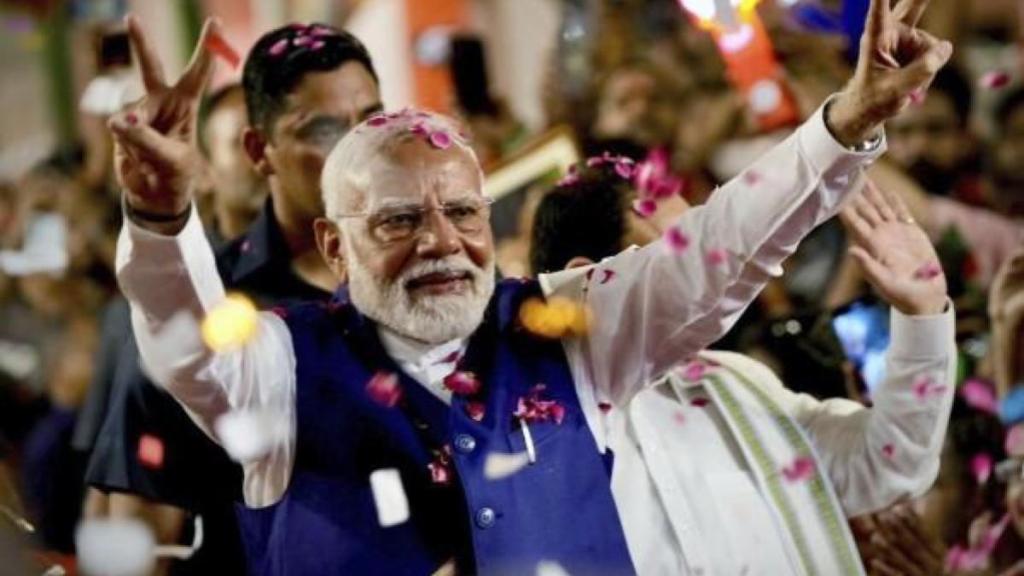In the last 10 years and 100 days of its existence, never has the Narendra Modi regime at the Centre lacked in pace or articulation of its priorities. Even its harshest critics won’t accuse it of a policy paralysis, or even presiding over an imbroglio, though there are, of course, divergent views, including sharply polarised ones, on its policy choices, approach to governance, and ideological persuasions. Modi had informed the country of a ready blueprint for the first 100 days of his third government, in the run-up to 2024 general elections, and convened a meeting of senior officials to firm up an action plan, even before the election results were out. It later turned out that this time his government would have to rely on a couple of allies for majority, and face a more emboldened Opposition in Parliament and outside. Still, the government hasn’t openly talked about any course correction, instead it sought to send the message of policy continuity. It appeared single-minded and steadfast in the pursuit of its multiple avowed goals, including the ones that stretch much beyond its tenure, like the overarching vision of making India a developed nation by 2047.
As the first 100 days of Modi 3.0 are being celebrated on September 17, the prime minister’s 74th birthday, going by the number and import of the policy decisions taken by it so far, what we have is a turbocharged government. Assorted large infrastructure projects, to be implemented over several years, are being approved by the Cabinet at a quickened pace, with patent green-economy and sustainability biases, and a resolve to boost high-end manufacturing, like semi conductors. Even the Opposition would find it difficult to take exception to the concurrent set of policies that keep people at the centre, like the one to set up 20 million new rural houses over the next five years, or the latest decision to fund out of Budget a decent health cover of Rs 5 lakh/annum for “all” aged above 70.
Beneath this display of conviction, however, there have been some significant policy reversals and rollbacks over the last three months, indicating political accommodation, if not rethink. Despite the official claim that job growth has been robust, the government tacitly acknowledged the issues of jobless growth, acute unemployment, which paradoxically co-existed with the lack of a skilled pool of people for potential employers to recruit from. The Budget FY25 unveiled three employment-linked incentive schemes. Political economy imperatives have also been evident in the decision to hold in abeyance a plan for lateral entry to top bureaucracy, withdrawal of the Budget decision to deny indexation benefits on long-term capital gains, and the shelving of the broadcast Bill that sought to impose additional controls on online content. The clamour for guaranteed pension among government staff has been adroitly addressed, with a new “funded” (defined contribution) scheme, with in-built cost mitigation.
The question is whether the Modi regime’s growth model would produce the desired outcomes. Given the major shift in resource allocations the regime has engineered — between the Centre and state governments, the states inter se, among large and small companies, and larger sections of people and the super rich — there are valid fears that growth impulses may get constrained. Policy and budgetary focus must be sharper on health, as well as elementary/secondary education, while checking any real or perceived erosion of democratic spirit and institutional rectitude.


